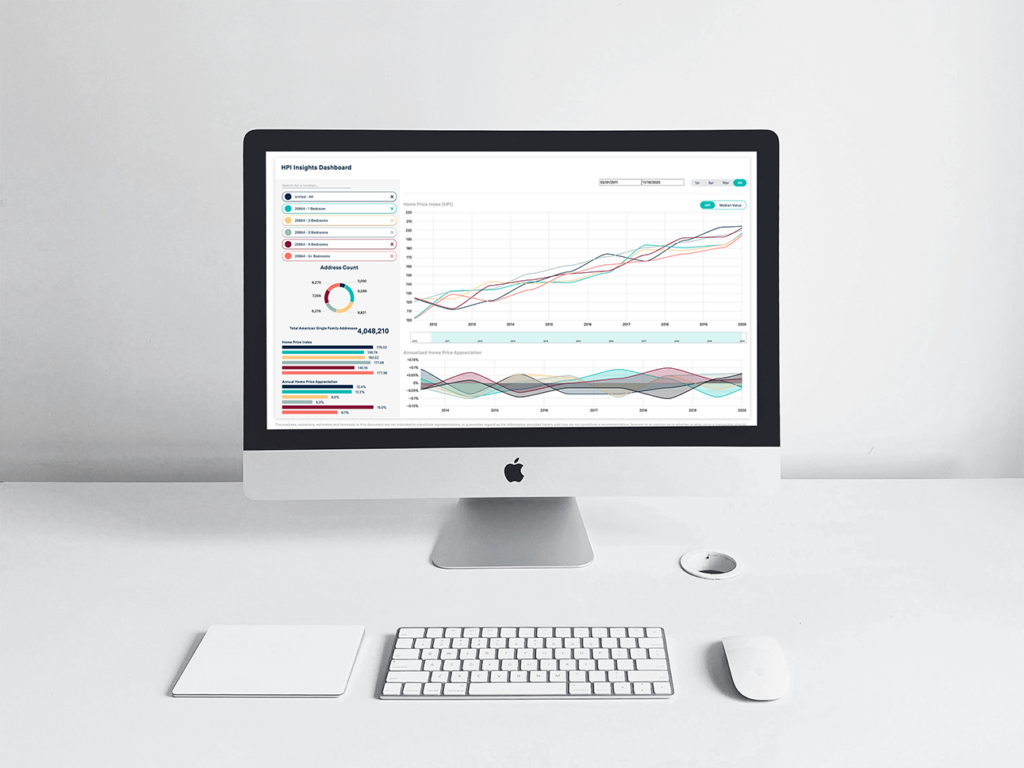
A picture is worth 1,000 words. But, it has to be the right picture.
If you’re looking for better data visualization, like most companies, you probably have reams of data. Available at your fingertips. And you’ve probably created a variety of charts and reports in Excel, Tableau or BI, or even a custom-built data visualization platform. But these aren’t working well enough or fast enough for you, or not enough people can access or understand them. Maybe you need more people – colleagues or customers – to start using the platform, reports, or tool.
If you’re looking for something that works better for you, feel free to reach out to us here at Boost Labs for some initial recommendations or a quick brainstorm. You can also begin by assessing your data visualization, business reporting, or data analytics platforms with the six steps below.
1. Create The Right Map
Data visualization experts know that the viewers’ eyes go to where they’re drawn. Start by listing your communication objectives: What do you want people to see first? Second? Third?
The better you define the visual journey, the more likely your audience will follow your path and go where you want them to go
2. Do What’s Natural
Typically, people read from right to left and top to bottom. They see lighter colors first and darker colors later. They’ll ignore things that are too small or difficult to read or that just don’t make sense.
Make sure your design fits how your viewer typically reads – or skims – information.
3. Focus on One Key Takeaway
One of the most common mistakes we see is trying to cram too much information into one visual and then highlighting multiple points.
Instead, pick one. Your audience will see bright or light colors, sharp edges, and striking images first. Sharp peaks and steep valleys will draw the eye. Powerful terms command attention.
Carefully choose the most important element to communicate. Make sure that it’s the first thing the viewer sees. Always, match the title with that one key point and visual.
4. Limit the Variables
Charts with more than a handful of variables are just going to get muddy. Your audience is smart but they’re also busy. As you tell your data story, you’re competing with dozens of possible distractions.
If in doubt, simplify it. Don’t make it hard to see the trends you want to show. Don’t distract with less relevant images. You want to deliver a clear message so that understanding feels intuitive because it comes fast and easy.
5. Choose Colors Carefully
Don’t fight convention. Your viewers will subconsciously interpret messages positively or negatively messages based on your choice of color. Typically, green is good and red is bad. Blue is often positive; black is often negative. Know that this varies by industry – and company culture.
The colors you use matter. Choose carefully.
6. Know Your Audience
At the end of the day, the only person who matters is the person who you want to use your dashboard, report, or other data visualization tool. If your audience is more sophisticated, your platform can be, too. If not, it’s got to be simple.
The easiest way to make sure it works? Test, test, test. You can start with your internal team before you try it out on a broader audience.
Or contact us. We’ll give you a quick point of view at no charge. If you’re interested in improving a data visualization platform or a product you’re already created for your staff or your customers, talk to us. We’ll show you a few examples of how our professional data story tellers create ways to visualize data that truly work – and that are fun to use.
